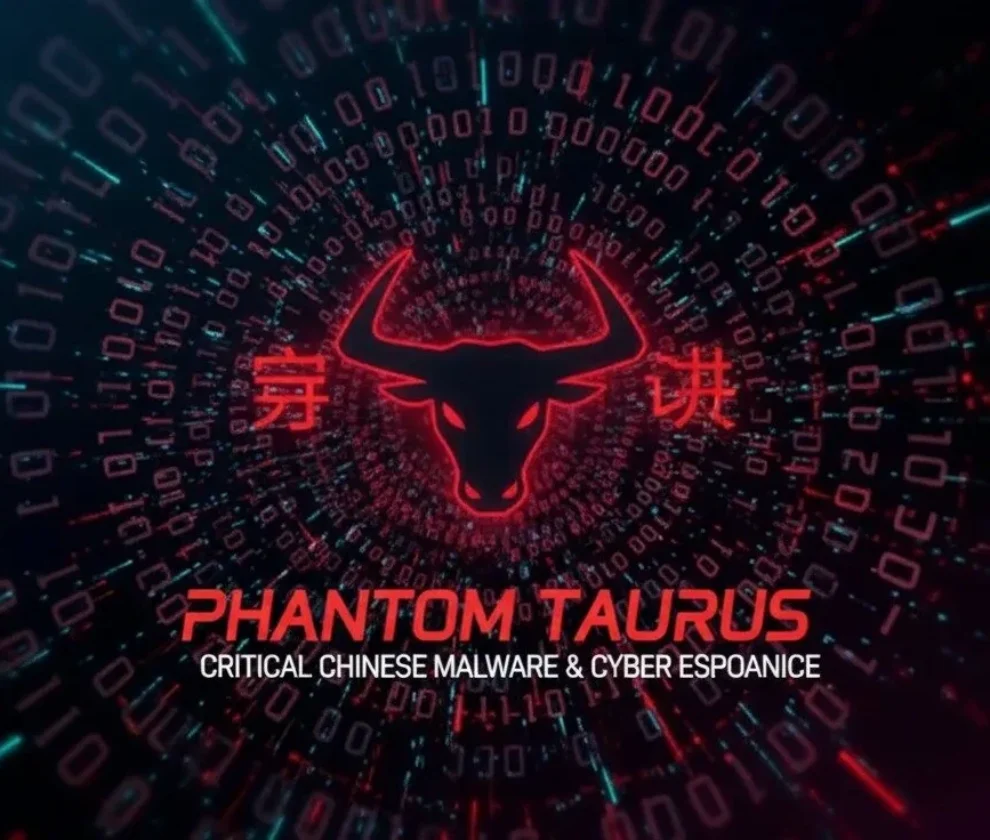Introduction
Cyberattacks have grown into a pressing global threat, with Qilin Ransomware recently capturing headlines for orchestrating a striking wave of attacks impacting 54 organizations worldwide. As businesses grapple with an increasing need for enhanced cybersecurity, these large-scale breaches expose critical vulnerabilities in sectors like healthcare, education, and government. In this comprehensive guide, we’ll uncover the dynamics of Qilin Ransomware attacks, highlight their industry-wide impact, and share vital preventive measures to safeguard your data.
The Scope of Qilin Ransomware Attacks
The Qilin group has shown unparalleled sophistication in its attacks, targeting industries ranging from legal services to public health. Major institutions such as JW Howard Attorneys in the U.S. and the Massachusetts Bay Community College were left reeling under the effects of these coordinated operations. Such incidents underscore the attackers’ deep strategy, exploiting weaknesses in IT systems to seize control of valuable data.
The Devastating Impact on Critical Sectors
Victims of Qilin Ransomware experience more than just financial losses. For example, the government of Catawba County and UT Health Austin reported significant disruptions, not only in service delivery but also in public trust. These incidents serve as stark reminders of how unprotected sensitive data can lead to catastrophic consequences, rendering businesses and public entities vulnerable to prolonged operational chaos.
How Qilin Ransomware Operates
The hallmark of ransomware lies in its ability to encrypt victims’ critical data, compelling them to pay hefty ransoms to regain access. The Qilin group adopts this model, capitalizing on the victims’ urgency to restore normalcy. Cybersecurity experts, however, caution against paying the ransom, as it incentivizes hackers to continue these malicious schemes. Instead, fortifying digital defenses with proactive cybersecurity measures is highly recommended.
High-Profile Case Studies
The attack on Tong Yang Group in Taiwan and another on Volkswagen Group France further reveal the expansive geographical and sectoral reach of Qilin Ransomware. These incidents demonstrate that no entity is immune, regardless of its location or the field in which it operates. The well-planned nature of such exploits signifies a systematic approach in identifying and breaching organizational weaknesses.
Key Takeaways for Enhancing Cybersecurity
How can organizations combat threats like Qilin Ransomware? Prevention starts with educating employees about potential risks and recognizing phishing attempts. Regular system updates and the adoption of a zero-trust architecture (“zero trust”) can rid businesses of exploitable security gaps. Furthermore, implementing a reliable backup strategy ensures that even in the worst-case scenario, data can be retrieved without succumbing to ransom demands.
Conclusion
The Qilin Ransomware attacks represent a pivotal moment for all stakeholders in the realm of cybersecurity. Both private sector companies and public institutions must stay vigilant, adapt robust defenses, and foster collaboration with cybersecurity experts to combat this growing menace. At Lynx Intel, we specialize in economic intelligence and offer custom solutions to fortify your operations and data. Don’t wait before it’s too late; let Lynx Intel help you stay one step ahead of cybercriminals.


